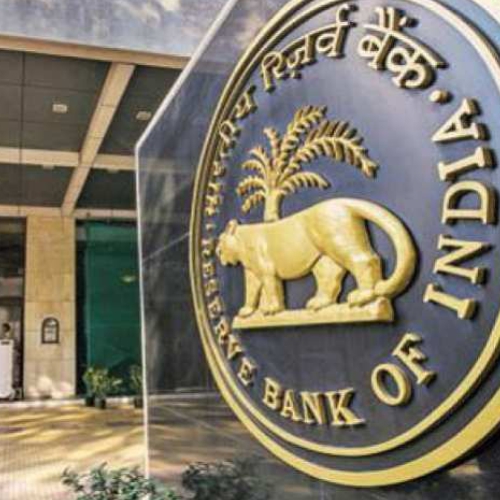Mumbai (Maharashtra) [India], April 17 (ANI): Industry experts said on Friday that further revision in reverse repo rate by the Reserve Bank of India (RBI) should add to spurring liquidity in the system and is a positive measure.
“Additionally, the move to allow extension of NBFC loans to delayed commercial real estate projects by a year without restructuring brings about some much-needed relief for the developers,” said Ram Raheja, Director at S Raheja Realty. “COVID-proofing the economy is the need of the hour. We further hope to see some stimulus package from the government as well to help relieve the stress in the residential real estate sector,” he added.
Shishir Baijal, Chairman and Managing Director of Knight Frank India, said the measures taken for liquidity support to NBFCs, HFCs and MFIs will meaningfully help the cause of the real estate sector.
“The move on the reduction of reverse repo rate by 25 basis points will push banks to open up the credit flow to economic activities. Similarly, allowing a 90-day extension for asset classification to loans that have been granted moratorium window is a critical step to assuage credit quality concern of lenders,” he said.
Sanjay Doshi, Leader of Financial Services Advisory at KPMG in India, said the RBI moves are a welcome immediate relief not only to NBFCs, HFCs, MFIs, cooperative banks and RRBs but also to their borrower base.
“Further, a standstill on NPA classification on standard overdue accounts as on February 29 to avail moratorium will be a huge relief to such borrowers. However, banks will need to do a balancing act between extending moratorium and providing new credit due to this provisioning requirement,” said Doshi.
Rajosik Banerjee, Partner and Head of Financial Risk Management at KPMG in India, said TLTRO 2.0 to pump in additional Rs 50,000 crore was much-needed liquidity for NBFC and MFIs across and large and mid-sized firms.
“This should result in more transmission of funding to the corporate sectors. Additionally, all standard assets as on March 1 will exclude the moratorium period for NPA classification,” said Banerjee.
Joseph Thomas, Head of Research at Emkay Wealth Management, said the issue is that there is no lending by banks nor any investment into sectors that require more support.
Banks are parking about Rs 6 lakh crore with RBI on a daily basis. So whatever money they have and whatever they are getting from RBI, the banks are giving back to RBI instead of investing it or lending it.
“The reverse repo rate cut is to discourage thus reverse flow to RBI. But it is doubtful whether this flow can be stemmed easily,” said Thomas.
“Banks are not lending or investing because they fear that under the current conditions they may be adversely impacted if they employ the money for investments or lending. Even three months back the approach of the banks was one of extreme caution,” he said.
The RBI has now specified where the money should go to encourage sectoral lending. Once clear channelisation of credit to segments or sectors that require the support is achieved, the economy will get the much-needed stimulus, said Thomas.
Meanwhile, CII Director General Chandrajit Banerjee said the provision of enhanced refinancing facility to institutions like NABARD, SIDBI and NHB are expected to ensure adequate credit flow to productive sectors of the economy.
ASSOCHAM President Niranjan Hiranandani said reverse repo rate being revised from 4 per cent to 3.75 per cent will enhance liquidity in the choked economy.
“Today’s targeted liquidity transfusion measures aimed to improve the yield curve and incentivise banks to deploy more funding to the industry seems to be a kick-start step towards financial resilience,” he said.










